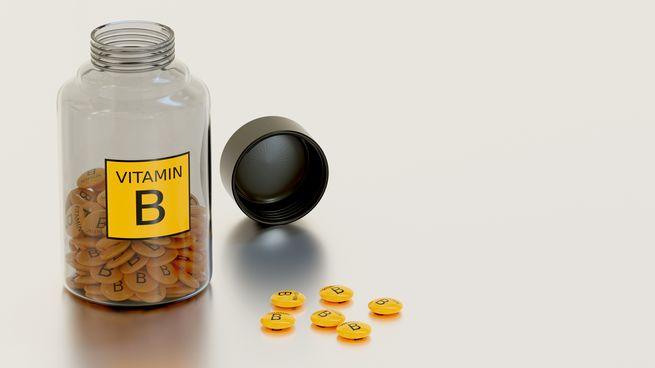Finasteride is a widely prescribed medication primarily known for its effectiveness in treating androgenetic alopecia (commonly known as male pattern baldness) and benign prostatic hyperplasia (BPH). Many individuals seeking solutions for hair loss often wonder about the potential results of using Finasteride, leading to an interest in “Finasteride before and after” scenarios. This article aims to provide a comprehensive overview of what users can expect from this treatment.
Understanding Finasteride
Finasteride works by inhibiting the enzyme 5-alpha-reductase, which converts testosterone into dihydrotestosterone (DHT). DHT is a key factor in both hair loss and prostate enlargement. By reducing DHT levels, Finasteride can help slow down hair loss and promote regrowth in men suffering from hair thinning. It comes in tablet form and is taken once daily.

Who Should Consider Finasteride?
- Men experiencing early signs of hair loss, such as a receding hairline or thinning crown.
- Individuals diagnosed with androgenetic alopecia.
- Men suffering from BPH who are looking for dual benefits.
Before Starting Finasteride: What to Expect
Prior to initiating treatment with Finasteride, users may notice various patterns of hair loss, including:
- Thinning at the crown of the head, often leading to a visible bald spot.
- A receding hairline, noticeable during grooming or when styling hair.
- Overall hair thinning across the scalp, which may become more pronounced over time.
Many men in this stage might feel insecure about their appearance, leading them to seek effective treatments like Finasteride. Consultation with a healthcare professional is essential to discuss potential risks and benefits before starting any regimen.
The Transformation: Finasteride After Use
After consistent use of Finasteride, users may experience several positive changes. The timeline for visible results typically ranges from three to six months, with optimal results appearing after one year of treatment. Key outcomes include:
- Increased Hair Density: Many users report a fuller appearance in their hair, as Finasteride helps to rejuvenate hair follicles that have miniaturized due to DHT.
- Reduced Hair Loss: Users often note a significant decrease in hair shedding, especially during activities like washing or brushing their hair.
- Improved Confidence: With visible improvements in hair growth, many individuals report boosted self-esteem and a more positive body image.
Finasteride is a medication commonly used to treat hair loss and benign prostatic hyperplasia. Before using Finasteride, individuals may experience progressive hair thinning and a receding hairline. After consistent use, many users report a noticeable improvement in hair density and a reduction in hair loss. For those interested in exploring this treatment option, more information can be found on the buy online page.
Potential Side Effects of Finasteride
While Finasteride can offer substantial benefits, it is vital to be aware of possible side effects. Some users may experience:
- Decreased Libido: A reduction in sexual desire has been reported in some instances.
- Erectile Dysfunction: Some users may encounter difficulties achieving or maintaining an erection.
- Breast Tenderness or Enlargement: Changes in breast tissue may occur in a small percentage of users.
These side effects are not universally experienced, and many individuals tolerate the medication well. However, anyone considering Finasteride should consult with a healthcare provider to weigh the risks against the benefits.
Long-Term Use and Maintenance
For sustained results, continuous use of Finasteride is necessary. Discontinuing the medication can lead to a reversal of gains, with hair loss resuming to pre-treatment levels within twelve months. Regular follow-ups with a healthcare professional can ensure that the user is monitored for any potential side effects and that the treatment remains effective.
Conclusion
Finasteride has proven to be a beneficial treatment for individuals struggling with hair loss, particularly male pattern baldness. The transition from the state of hair loss “before” Finasteride usage to the improved appearance “after” can significantly impact a person’s life. By understanding the potential benefits and side effects, individuals can make informed decisions regarding their options for hair restoration.
In summary, the journey of using Finasteride can lead to transformative results for many, making it a noteworthy consideration for those facing hair loss challenges.


